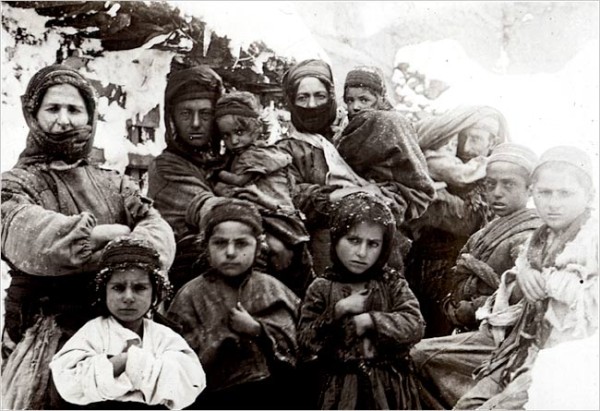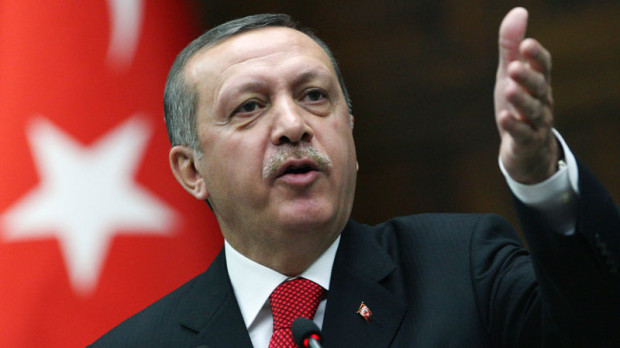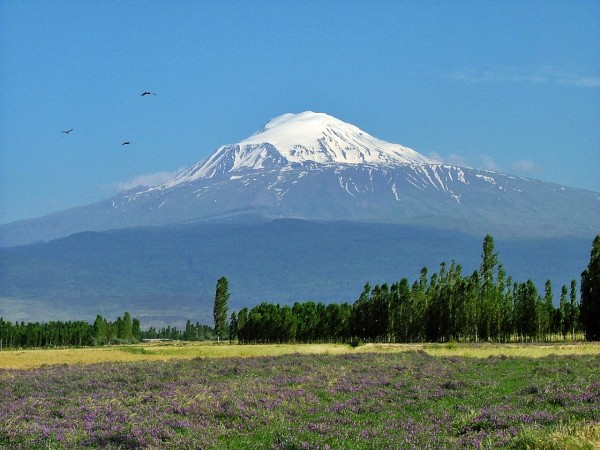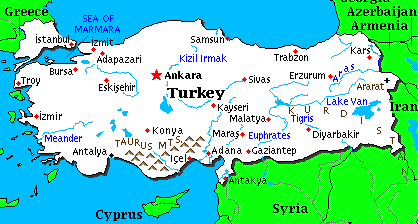On August 22, 1939, when planning the invasion of Poland and contemplating the destruction of European Jewry, Adolf Hitler was reported as having said to his Wehrmacht commanders, “Who, after all, speaks today of the annihilation of the Armenians?”
Well, people certainly remember it now, despite continued denials or rationalizations by Turkish authorities. The slaughter of some 1.5 million Armenian civilians in the Ottoman Empire during World War I was one of the major atrocities of the 20th century.

The starting date of the genocide is conventionally held to be April 24, 1915, the day Ottoman authorities rounded up and arrested some 250 Armenian intellectuals, followed by the arrest of a further 2,000.
The genocide was the culmination of centuries of discord in the Caucasus, part of a larger civilizational conflict between Christian and Muslim peoples dating back to the Middle Ages. And it remains a deep source of animosity between Armenia and Turkey.
At present, 23 countries, including Canada, have officially declared that the events of 1915-1918 were a genocide. The 2006 recognition of the Armenian genocide by the federal government had its basis in earlier actions, including a 2004 motion in the House of Commons and a Senate resolution in 2002.
The Turkish government still insists that the deaths were caused by the hardships and violence of the war, and not by government-directed mass killings or death marches. In the past, people in Turkey who expressed any disagreement with the official line could be jailed for up to two years.

However, on April 23, the office of Turkish Prime Minister Recep Tayyip Erdogan posted a lengthy statement on its website, translated into nine languages, including Armenian, which, while not admitting that the slaughters amounted to genocide, expressed regret, adding that “we wish that the Armenians who lost their lives in the context of the early 20th century rest in peace, and we convey our condolences to their grandchildren.”
The Turkish government suggested that a group of renowned international historians be convened to examine international archives and resolve the issue.
In the 19th century, the Russian czarist empire, upholders of Orthodox Christianity, were intent on pushing the Muslims Turks out of the Balkans, the Caucasus, and parts of Anatolia itself. The Armenian people, who had been converted to Christianity back in the fourth century and who had found themselves in continuing defensive struggles against the Turks and other Muslim peoples, looked to Russia for protection.
In 1829, the eastern parts of Armenia were incorporated into the Russian Empire, but the greater part of Armenia remained within the Ottoman lands. At the turn of the 20th century, there were some two million Armenians living in the Ottoman Empire.
There had already been a series of major massacres of Armenians between 1894 and 1896, resulting in some 300,000 deaths. On Oct. 29, 1914, the Ottoman Empire entered the war on the side of Germany and Austria-Hungary against Russia and its Western allies, Britain and France, and launched a disastrous military campaign against Russian forces in the Caucasus. It blamed defeat there on the Armenians, claiming they had colluded with the Russians.
The Ottoman government put together “Special Organization” units, consisting of armed gangs, to massacre Armenians. Over the next three years, the Armenian people in the empire were subjected to deportation, massacre, and starvation, and epidemics ravaged the concentration camps where many were interned.
The great bulk of the Armenian population was forcibly removed from Turkish Armenia and Anatolia to Syria and Lebanon.
Winston Churchill described the massacres as having been “planned and executed for political reasons. The opportunity presented itself for clearing Turkish soil of a Christian race.”
After the Russian Revolution, the small Russian part of Armenia was incorporated into the Soviet Union. It became a sovereign state after the dissolution of the Soviet Union in 1991, but it remains at odds with Turkey and in a state of semi-war with neighbouring Azerbaijan (whose people are closely related to Turks) over a disputed region known as Nagorno-Kharabakh. That conflict has claimed the lives of around 30,000 people. Turkey closed its borders with Armenia in 1993 in reaction to the war.

Today’s former Soviet republic is a rump state, since most of historic Armenia remains within the boundaries of Turkey, including two geographic symbols of the Armenia people, Lake Van and Mount Ararat.
Both were within the territory of the large Armenian kingdoms of the past. Mount Ararat has been revered by the Armenians as symbolizing their national identity and is the national symbol of the Republic of Armenia, featured in its coat of arms.
Given the relative strength of the two countries, it is unlikely Armenia will ever regain these lands.
Henry Srebrnik is a professor of political science at the University of Prince Edward Island.


